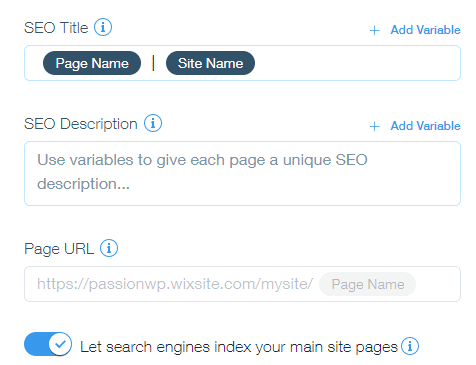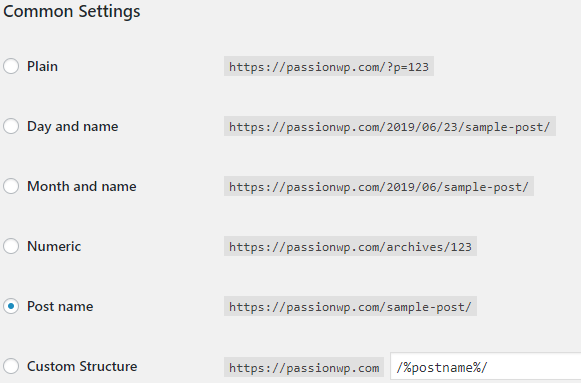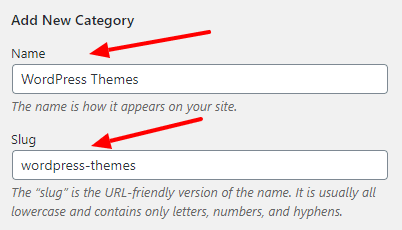A strong SEO foundation is vital for any blog’s success. So, when searching for the best platform for building a website, you want to check out its SEO features. Wix and WordPress are two popular platforms for creating websites. But which of the two has more powerful SEO features, Wix or WordPress?
In this Wix vs. WordPress comparison, I will analyze the SEO features offered by Wix and WordPress so you can choose the platform that is optimized for ranking your pages on search engines.
Sounds good? Let’s roll.
SEO features in Wix
First, let’s start with Wix. Wix was launched in 2006 and currently, more than 3.8 million blogs are hosted on the platform.
It has a drag and drop user interface and comes with a short learning curve. Launching your first site on Wix is quite an easy and quick process.
What makes Wix an SEO-friendly platform is the SEO wizard that launches when you create your website. It guides you through the SEO steps you should complete to gain visibility on Google.
Wix SEO features include:
- Adding your site to the Google Search Console.
- Creating SEO friendly homepage title, description, and text.
- Making sure your site is mobile friendly.
- Setting up your social profiles and updating the contact info.
- Optimizing your About page title, description, and text.
This is basic SEO stuff to complete when you create a website, and Wix is right on the ball on this count. And if you want to do more, Wix offers a complete SEO guide to help you with your SEO.
Advanced Wix SEO features
Apart from the basic SEO features I mentioned above, Wix has some advanced SEO features too.
SEO Patterns
In this setting, you can change multiple aspects of a page like the SEO title, description, and URL. Also, you can set the pattern for sharing on social networks.

These include setting the page title, description, and social image that will be shared on the networks.
Redirect Manager
Wix also has a redirect manager for redirecting your old URL’s to new ones by adding 301 redirects. This is useful for fixing broken links and redirecting users to the most current version of a page if you have changed its URL.
In Post SEO
Now, let’s check out the in-post SEO options in Wix. While creating a post in Wix, you’re presented with a dedicated SEO tab.
Clicking on this opens the SEO Settings window. Here, you can change the post title, URL, and description of how the post will look on search results.
You can also see the preview of how your post will display on Google. A preview is useful while editing the post SEO settings.
Structured Data
You can also add structured markup for any Wix page by pasting the JSON code. This is useful for adding rich snippets like FAQs, recipes, product reviews, etc.
Canonical URL
Wix also allows site admins to change the page slug (permalink) as well as the canonical URL if there is more than one version of any page.
Finally, you can also set a featured or cover image for the post. You can also add ALT text to any image.
Just in case you didn’t know what an ALT attribute does, it describes the purpose of the image to search bots. This way, your images can also rank on search results, just like your web pages.
After analyzing these SEO settings, I can summarize that Wix does make it easy for users to edit their website SEO settings using the SEO wizard and in-post SEO settings.
Also, the SEO Patterns feature is quite useful to make site-wide SEO changes. Now, let’s shift our attention to WordPress SEO.
SEO features in WordPress
WordPress is no slouch when it comes to SEO. But you have to remember that WordPress is an open-source and self-hosted Content Management System (CMS). It is not a blogging platform where you can simply launch a website at the click of a button.
There is also a learning curve involved in creating a WordPress website. Nevertheless, there are useful SEO settings built-into the WordPress core that I have discussed in detail in my WordPress SEO 101 ebook.
Interesting Fact: There is no mention of the word SEO anywhere in the WordPress dashboard. Nevertheless, there are SEO settings sprinkled throughout WordPress that are waiting to be discovered like a hidden treasure.
So, let’s start digging.
Basic WordPress SEO settings
When you navigate to the General settings tab in the admin area, you can set the Site Title and Tagline that are visible on the homepage. Then, in the Discussion settings, you can allow or disallow pingbacks and notifications from other websites that link to you. You can also choose to notify other blogs that you have linked to them.
If these blogs have enabled pingbacks on their websites, then you can get a no-follow backlink from these blogs provided you link to them from your blog posts.
Post SEO settings in WordPress
In the Permalink settings, you can select from among the different permalink structure for your website. Alternatively, if you want, you can also create an SEO-optimized permalink structure for use on all your posts.

Secondly, when you create a new post in WordPress, the default permalink is set to the post title. However, you can easily edit this permalink and create an SEO optimized and short permalink.
You can also edit the meta description or excerpt for every post. The first 150-160 characters of the excerpt are usually displayed on search results and very useful for highlighting your primary keywords.
Finally, you can also create post tags, which are indexed by search engines.
WordPress Category SEO
If you navigate to Category settings in WordPress admin, you can add categories and sub-categories. You can edit their slug and also enter a description.

You might have noticed that Google sometimes displays your page URL and sometimes the category URL on the search results. Hence, choosing the correct category name and slug has definite SEO benefits.
Image SEO in WordPress
When you upload an image either in the media library or directly in a post, you can change the file name and add the ALT attribute
.
What’s more, you can also add a caption and description to each image in the WordPress media library. These are useful image SEO features.
Where WordPress scores over Wix in SEO
Up to this point, I have described the basic SEO settings in the WordPress core, and admittedly they aren’t as comprehensive as the dedicated SEO features in Wix.
But you should know that WordPress is nothing without its extensive Plugin library that extends the WordPress experience beyond any limits. There are 53,000 free plugins in the WordPress repository and you can further choose from thousands of premium plugins from external sources.
These free plugins include SEO plugins like Yoast SEO and Rank Math that can take your SEO game to the next level with hundreds of SEO features.
For example, the Rank Math plugin will help to do the following:
- Submit sitemap to search engines like Google
- Optimize your on-page SEO with multiple settings like focus keyword, snippet settings, readability, and overall SEO score etc.
- Integrate your site with Google Search Console and track your search performance
- Do a complete SEO analysis of your website and list the weak areas to improve upon
- Complete schema support, including, adding rich snippets
- And much more
Note: I have explained how to configure the Rank Math plugin from scratch in the WordPress SEO 101 ebook.
An SEO plugin can make your on-page SEO work a breeze and push up your search rankings. For this and other reasons, WordPress powered websites occupy an overwhelming share of the top positions on Google and other search engines.
How does Wix compare here?
Just like WordPress plugins, Wix has its apps that you can install from the App Market. But the number of Wix apps pale in comparison to the WordPress plugins. There are only about 250 Wix apps at present, which includes a handful of SEO apps.
The most popular Wix SEO app is Rabbit SEO, which is a freemium app and provides an SEO analysis of your Wix site. If you need to do more, you will need to upgrade to its premium version.
In short, there is no comparison between Wix and WordPress when it comes to SEO apps and plugins.
Summary of Wix vs. WordPress SEO and which one is better?
You have seen that as a stand-alone platform, Wix definitely has better SEO features than WordPress and also has an SEO wizard to help you navigate the SEO maze on your fledgling Wix website.
WordPress out of the box does not offer too many SEO features, except for image SEO settings that are quite useful.
But where WordPress scores over Wix are the availability of hundreds of SEO plugins to choose from that can configure every aspect of on-page SEO for your WordPress website. And all this for free without the need to buy a premium SEO plugin.
Seen this way, and because every WordPress website uses one or the other SEO plugin, WordPress is a better option than Wix to launch your website in terms of its SEO capabilities.
What are your thoughts regarding Wix vs. WordPress SEO, and which platform do you prefer?
Also Read
- Free Mobile and Desktop Rank Tracking Tools for Your Blog
- 9 Ways Get Traffic to Your New Blog
The post Wix vs WordPress SEO: Which is Better? appeared first on WPBizBlog.
